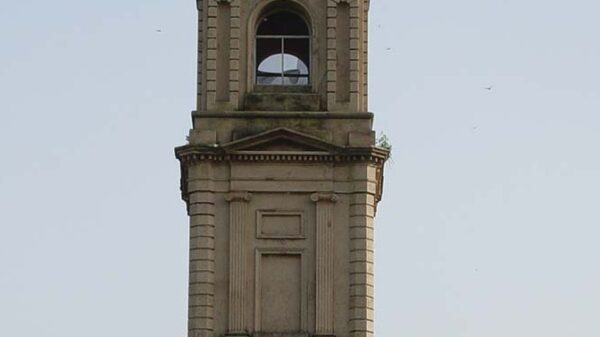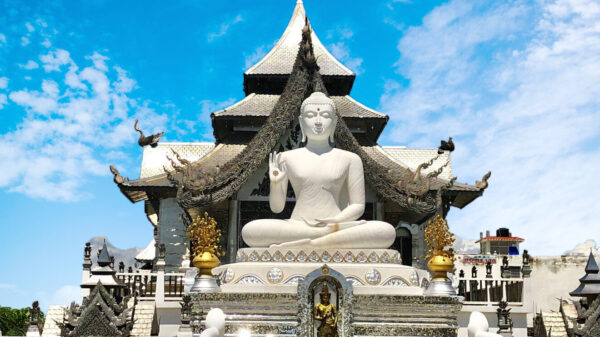The national capital of India, Delhi, is a hub of numerous historical monuments. In a London newspaper, the British referred to Delhi as “the graveyard of dynasties,” alluding to the multiple tombs built in the city. The beauty and historical significance of these tombs add an irresistible allure to Delhi. The marvellously carved structures and enchanting beauty make the tombs a sought-after destination for visitors.
Therefore, in this blog post, I will be discussing a tomb that flamboyantly showcases Mughal history
location

Safdarjung Tomb is located in the Safdarjung Development Area in South Delhi, near the Safdarjung Airport. The exact address is:
Safdarjung Tomb
Safdarjung West, New Delhi, Delhi 110016
India
History of tomb
The tomb was built for the second Nawab of Awadh, a rich and powerful Persian gentleman better known by the name Safdarjung, and has an interesting story to its credit. Safdarjung’s full name, by the way, was Abul Mansur Mirza Muhammad Muqim Ali Khan.
He rose ambitiously to become the Wazir or Prime Minister in the Mughal court in 1748. However, his excessive ambition led him to usurp the emperor’s powers, causing turmoil in the court. In an attempt to gain favor, he even ordered the murder of the Emperor’s mother’s paramour, an eunuch named Jawed Khan. His plans backfired, leading to his expulsion in 1753, and he passed away the following year.
When his son, Shujaud Daula, assumed the role of Wazir, he sought forgiveness for his father from the emperor to allow his burial in Delhi. After receiving permission, he commissioned a grand structure, designed by an Ethiopian architect, to serve as Safdarjung’s final resting place. However, due to financial constraints, the son utilised materials from another tomb, Abdur Rahim Khan-i-Khanan, to adorn his father’s monument.”
Architecture

The huge facade at the entry gate of the Safdarjung Tomb standing in the way till the main tomb blocking the view was a pleasant surprise!! The vestibule itself is made up of reddish yellow sandstone with distinguishable carvings.The rear end of the Safdarjung Tomb holds a direct view to Jangli Mahal which earlier used to showcase pictures and paintings from history but now is closed for tourists
The Safdarjung Tomb displays a striking architectural style that blends elements of Mughal and Persian design. Its prominent features include:
Mughal Influence: The tomb follows the Mughal architectural pattern, featuring a large central dome surrounded by smaller domes, chhatris (pavilions), and intricate lattice work.
Charbagh Style Garden: The tomb is set within a Charbagh-style garden, a symmetrical layout divided into four parts, reflecting the Persian influence that the Mughals favoured. The garden layout enhances the visual appeal of the tomb.
Red Sandstone and Marble: Constructed primarily with red sandstone, the tomb showcases intricate marble embellishments, adding to its grandeur and detailing.
Main Mausoleum: The central structure, housing the tomb of Safdarjung, features an imposing dome supported by arched openings and octagonal towers at each corner.
Facade and Ornamentation: Elaborate carvings, calligraphy, and decorative elements adorn the facade and interior, showcasing the craftsmanship and artistry of the era.
Overall, the Safdarjung Tomb’s architectural brilliance stands as a testament to the opulence and architectural finesse of the Mughal period i
Some special facts about safdarjung tomb
This was the final enclosed garden tomb in Delhi. While it’s beautiful, it pales in comparison to Humayun’s Tomb, the city’s first garden tomb.
The garden follows the Charbagh style favoured by the MughalsH2H2, originating from Iran.
Stones from Abdul Rahim Khankhana’s tomb were repurposed in the construction of this tomb.
Due to its status as a protected monument by ASI, religious prayers are not permitted here, although Mr. Gulab Nabi Azad managed to do so.
The tomb was used as a filming location for the Hollywood movie, “Jobs.”
How to reach?
To reach Safdarjung Tomb in Delhi, you can use various modes of transportation:
By Metro: The nearest metro station to Safdarjung Tomb is the Jor Bagh Metro Station on the Yellow Line. From there, you can take a taxi or walk to the tomb, which is approximately 2 km away.
By Bus: There are several DTC (Delhi Transport Corporation) buses that ply to the Safdarjung Tomb area. You can check for specific bus routes that pass near the tomb based on your location in Delhi.
By Taxi or Auto-Rickshaw: Taxis and auto-rickshaws are readily available in Delhi and can take you directly to the Safdarjung Tomb. Make sure to negotiate the fare before starting the journey if you’re taking an auto-rickshaw.
Always consider the traffic and time of day when planning your visit to ensure a smooth journey.
Accomodations
There are multiple accommodation facilities in Delhi available for booking, catering to various budgets and preferences.
Final thoughts
The Safdarjung Tomb exudes captivating beauty. Its fascinating architecture complemented by the surrounding gardens is a sight to behold. This destination is truly worth exploring, as its timeless beauty will never diminish











